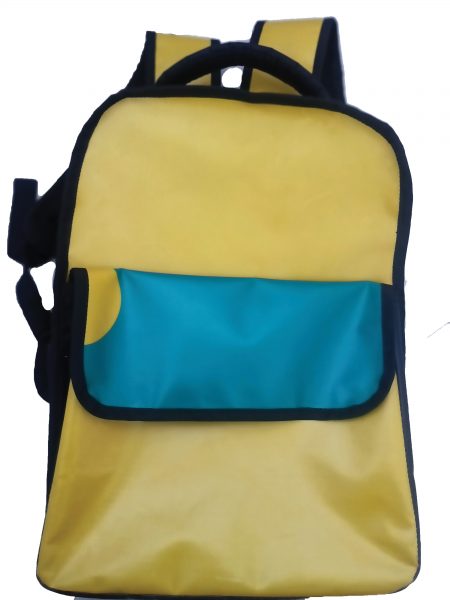Have you ever wondered what happens to the giant artworks that you see on the billboards on your way home? Apparently, a majority of the PVC (polyvinyl chloride, commonly known as vinyl or, in the outdoor advertising industry, ‘flex’), the plastic material the artwork is printed on, ends up in landfills. Unfortunately, this is still the reality for most flex after it has completed its duty of advertising a product.
How does your adtech look for 2022? No matter what stage your planning is at, our final Online Briefing of the year has you covered. Join us on November 29 for Adtech Playbook – A Roadmap to Superior Performance. Find out more here.
On the bright side, not all out-of-home (OOH) companies are letting this material go to waste. Footprint Outdoor Advertising is proud of changing the game and taking a sustainable approach.
Campaign recently watched the disassembly of one of Footprint’s billboards on Dubai’s Hessa street.
Disassembly can take from four to six hours, depending on the complexity of the artwork (some have extra elements like 3D extensions; the artwork we saw taken down featured ‘real’ lights on a car).
Billboards are usually dismantled at night to avoid disruptions on traffic and offer the workers better working conditions when the weather is hot. Hoardings have different measurements but generally need to be of considerable size to be viewed by passers-by. The one we visited measures 10m by 90m, or 900 square metres, which is more than three tennis courts put together. That is a lot of plastic that could be destined for landfills each time an OOH ad is changed.
Kashif Merchant, managing partner at Footprint, says his company began recycling flex in 2018, the UAE’s Year of Zayed. The first billboard Footprint recycled was on Sheikh Zayed road, near Nakheel Metro station. It bore the image of the late Sheikh Zayed bin Sultan Al Nahyan and a collage of pictures, the work of thousands of students from the UAE who participated in the Emirates Environmental Group’s annual environmental artwork competition. The flex was flown to Italy where it was transformed into 200 high-end bags. The bags were sold at a price of AED 1,000 each and the profits sent to three special needs schools in the UAE – Al Noor Training Centre for Children with Special Needs, Dubai Autism Centre and Senses Dubai. The project primarily had an emphasis on a social cause, but it started a new sustainable approach for the company.
Ever since this project took place in 2018, Footprint has continued to recycle its flex to create products including backpacks, wallets, shoes and bags. Now they are made in the UAE, setting an example for how outdoor companies can contribute to a greener economy.
“Start investing in scrapping your used flex; it doesn’t cost a lot of money and would barely be visible on your bottom line, and would instead add value to your signage and company,” says Merchant.
As sustainability becomes more central to marketing messages, so the industry is starting to look inward at its own practices. Consumers are looking closer at the production and sourcing of what they buy, and brands are looking to make their whole supply chain and advertising strategy more sustainable. If your brand is recyclable and eco-friendly, why not complete the chain with a billboard that can live on in your wardrobe?










